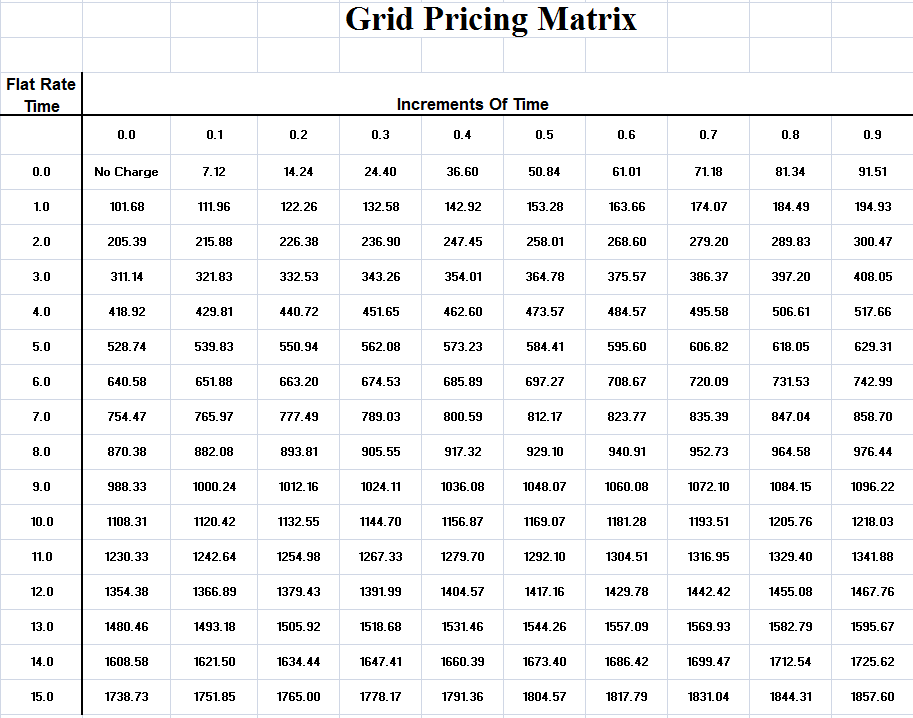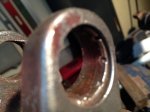This Site Was Built With You In Mind!
Flat Rate Grid Pricing Matrix
by Eddie Carrara
|
Flat Rate Grid Pricing Matrix; This slimy tactic is totally underground, one that goes completely unnoticed because of how well it's hidden. Many big dealerships use the flat-rate pricing matrix system to increase labor costs for larger automotive repair jobs. The dealership will claim that they use the system because the repairs that take longer to do will be at a more challenging level: total BS! |
Let's say you took your vehicle in to have 10 hours worth of repairs done ( that's not uncommon with an older car). If the dealership just charged you the $101.68 per flat rate hour, you would pay $1016.80. Now, if the dealership were to use the Grid Pricing Matrix for the same 10 hours of labor, you would pay $1108.31, so you end up paying an extra $91.51 for the same repair. Nothing has changed; the parts are the same, the same mechanic will do the work, but you pay more because of the Pricing Matrix. (See the chart below)
I don't know about you, but I think the labor price should either stay the same or decrease as the hour's increase. The $91.51 is mostly all profit. The mechanic doesn't get a piece of the pie; the mechanic still gets paid the hours the job worth. My point is, if the garage you're bringing your car to for repairs is using this grid pricing matrix, you're getting ripped off. There is no justifying this increase in labor cost unless you're the one charging for it.
How to Avoid the Grid Pricing Matrix
Ask your service writer how their dealership calculates labor prices, is it straight flat rate or do they use grid pricing?
The best way to save money when bringing your car in for repairs is to buy menu priced services and repairs. For example; most garages will have a menu price for a brake job and will give you a list of parts included in the job, or if you're buying a 30k service for $340, that's what your bill will be, $340 unless of course, they up-sell you more work. When you buy menu priced services, they have to honor that price, so when you pay your bill, you don't need CPR.
So, be proactive when it comes to paying for labor and keep more of your money in your pocket. Find out how your garage calculates the cost of labor. Suppose it's based strictly on a flat-rate price of $100 bucks with no incremental increases. In that case, you will be able to figure out how much the total labor cost will be by multiplying the hours for the job X the flat rate cost per hour, example; (5 hours X $100 per hour = $500) If they used the grid pricing system, you would pay about $50 more.

Leave Flat Rate Grid Pricing Matrix page and return to Simple Car Answers homepage.

New! Comments
Do you have a question about your car? Leave me a comment in the box below, I bet I can answer your question better than your mechanic.